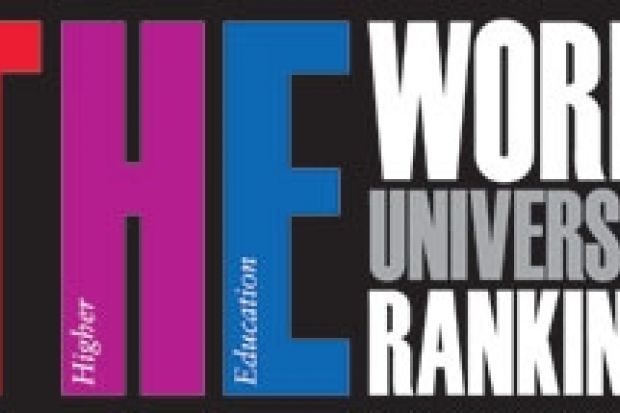University rankings fail the social sciences, arts and humanities. This is a common complaint, and in a sense it is justified.
It is indeed the case that prominent tables, such as Shanghai Jiao Tong University’s Academic Ranking of World Universities, with its focus on research published in the journals Science and Nature, are very much exercises in comparing research quality in the sciences.
But the Times Higher Education World University Rankings are different. The 2011-12 tables, coming soon, will be the only ones to give parity of esteem to arts, humanities and social science subjects when evaluating each institution’s position.
A key feature of the revised THE rankings published in September 2010 was their use of an academic reputation survey, drawing on the expert subject-specific views of more than 13,300 scholars.
Academics in the arts, humanities and social sciences were well represented, and their judgements were given fair weighting alongside those of scientists, technologists, engineers and mathematicians. This year’s tables will draw on more than 17,500 responses, again balanced between disciplines.
Another important innovation last year was that all the data we collected on research paper citations, which we used to evaluate the influence and impact of university research, were fully normalised to reflect the volume of citations in different subjects. The research publishing culture means that volumes are much higher in some fields than in others, but in the THE World University Rankings 2010-11, citations from each university were compared only against the world average in the same field.
This was a major step towards putting those institutions that excel in the arts, humanities and social sciences on an equal footing with those that focus on the sciences. But it was not enough.
In 2010, the first year of a dramatically reformed rankings exercise, we did not have enough data from every university involved to ensure that other indicators were also normalised. I am delighted to confirm today that for the 2011-12 World University Rankings, thanks to the extraordinary level of engagement from universities that have been able to provide deeper and richer data, this will change.
So, when we look at the amount of research income a university attracts each year, scaled against its size, the data will be normalised to reflect the varying levels of funding between different subjects: it is only fair to recognise that a typical grant awarded for, say, social science research will not be anywhere near as big as that awarded for a particle physics project.
When we look at the number of scholarly papers that staff from each university publish relative to its size, the data will also be normalised to reflect the fact that churning out multiple papers is common practice in some fields but not in others. Normalisation will also be applied to internationally co-authored papers as an indicator of a university’s global outlook.
And when we consider the number of PhDs a university awards in proportion to its size, the indicator will again be normalised to reflect the number of doctorates in different fields.
The 2011-12 tables will be the only broad, comprehensive rankings in the world to reflect accurately the unique subject mix of each institution listed, and we will be sure to recognise excellence in the arts, humanities and social sciences. It’s only fair.
Register to continue
Why register?
- Registration is free and only takes a moment
- Once registered, you can read 3 articles a month
- Sign up for our newsletter
Subscribe
Or subscribe for unlimited access to:
- Unlimited access to news, views, insights & reviews
- Digital editions
- Digital access to THE’s university and college rankings analysis
Already registered or a current subscriber? Login
